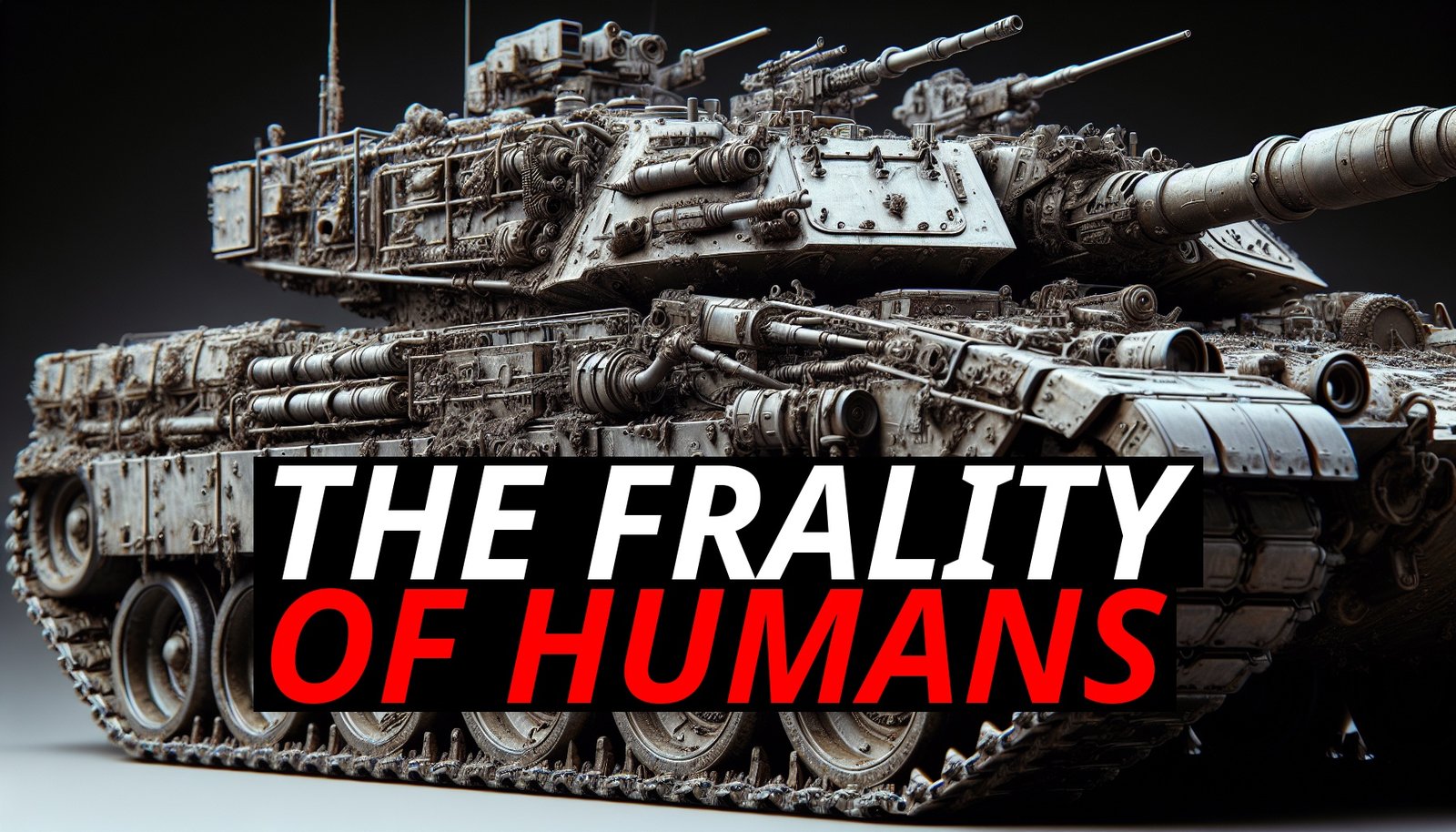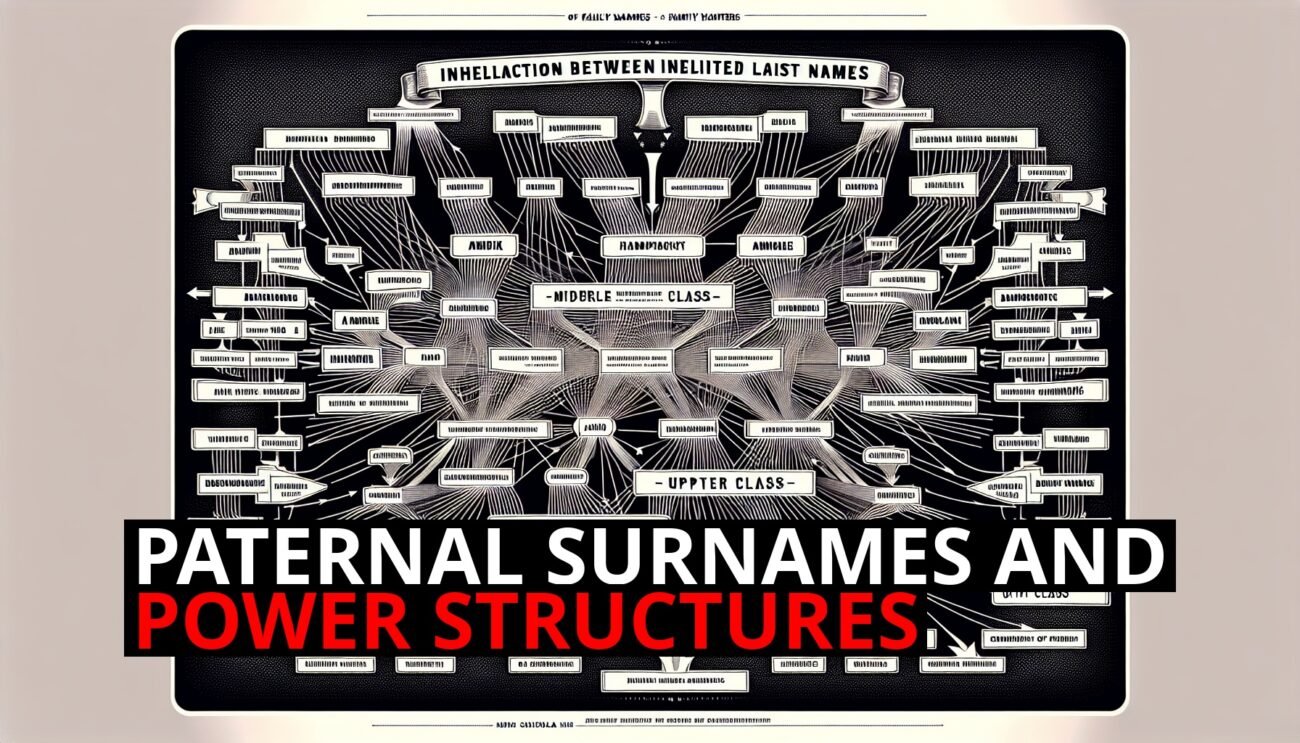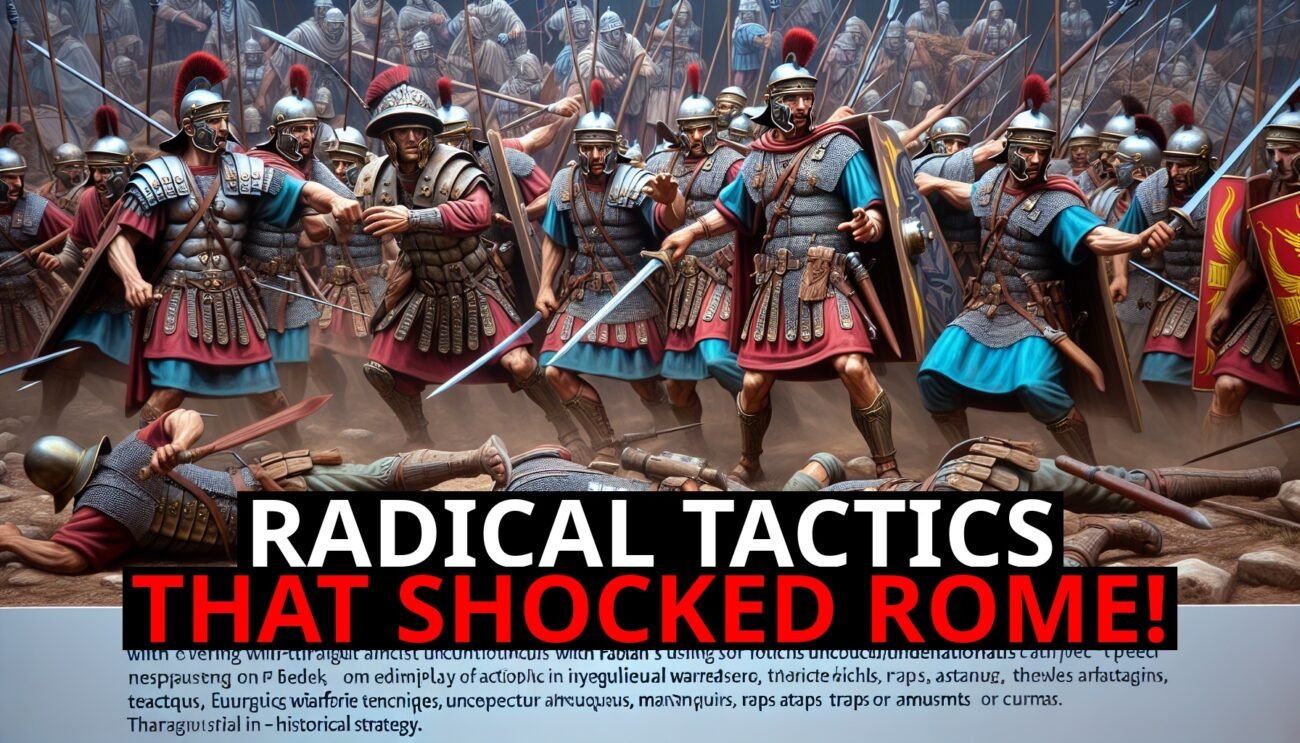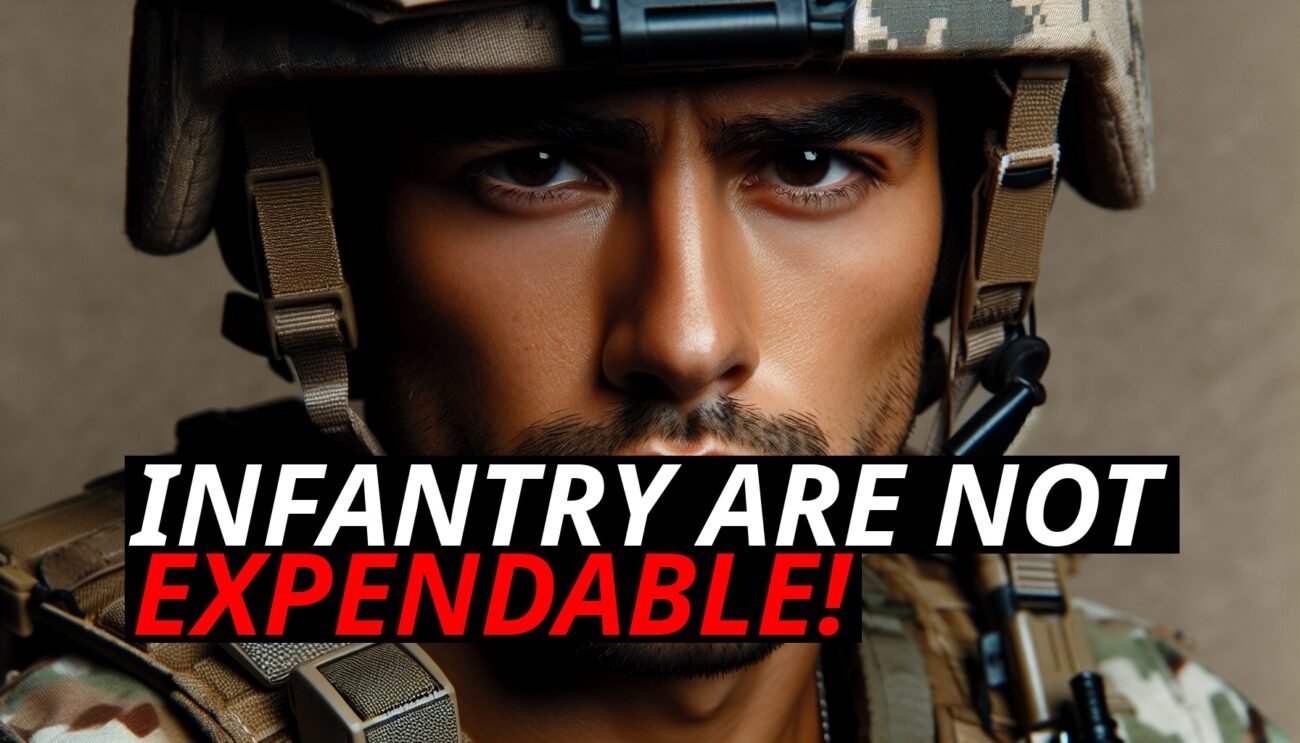Addressing Feedback And Criticisms In Military Strategy
Welcome back to Strategic Warfare! Today, we’re diving into some of the feedback and criticisms I’ve received. It’s essential to understand that our differing viewpoints often come from varying philosophies about military strategy. Some argue that tanks without infantry support are vulnerable to RPGs and other anti-tank weapons, holding onto the outdated belief that tanks must be invulnerable. My stance is clear: losing tanks is far preferable to losing human lives. The real tragedy occurs when an infantry squad is wiped out by a mortar round, resulting in irreplaceable human losses.
Historical Vs. Modern Warfare Perspectives
Traditional military strategists often look to history where tanks played crucial roles. While effective in past conflicts, modern warfare demands a new approach that prioritizes human lives over material assets. Tanks are valuable but replaceable; human lives are not. When a tank is hit, it can often be repaired and returned to the battlefield. The loss of soldiers, however, profoundly impacts morale, training resources, and overall combat effectiveness. Training a skilled soldier takes years and significant investment, making them far more valuable than any single piece of equipment.
Technology And Overconfidence
Technology like Active Protection Systems (APS) has enhanced tank survivability, sometimes leading to overconfidence. While these systems intercept some threats, they are not infallible. Relying too heavily on these defenses can lead to neglecting the protection of more vulnerable assets, such as infantry and lighter vehicles.
Lessons From History: Valuing Human Assets
Lessons from WWII highlight that pilots were deemed more valuable than their planes, emphasizing the importance of human assets over material ones. This principle remains relevant today: the priority should always be to protect soldiers, not just equipment. In modern warfare, especially in democratic societies, minimizing human casualties is paramount. Public opinion and ethical considerations necessitate a strategic approach that prioritizes human lives. This evolving understanding aligns with the principle of valuing human assets over material ones.
Addressing Criticisms And Misunderstandings
Critics of this viewpoint may not fully appreciate the long-term implications. They often hold onto a legacy mindset that undervalues human life in modern combat. Focusing on the repairability and disposability of tanks while prioritizing the reduction of human casualties is both a sustainable and ethical approach.
Critics often claim that without infantry, tanks are more susceptible to RPGs and other anti-tank weapons. However, the critical question is: why should we care if a tank gets hit and temporarily disabled if it means saving lives? Tanks are designed to withstand damage and can be repaired. The same cannot be said for human lives lost in battle. When a tank is disabled, the crew often survives, which is a minor setback compared to the significant loss of life when infantry are exposed to enemy fire.
Vulnerabilities Of Infantry
Infantry are vulnerable to a wide array of threats, and the loss of a single squad can have a devastating impact on military operations. Modern warfare technology, such as drones and precision-guided munitions, further underscores the importance of protecting human assets. These technologies provide critical support and reconnaissance, reducing the need for infantry to be directly involved in tank operations. This strategic use of human resources preserves lives while maintaining combat effectiveness.
Pragmatic And Humane Approach
The notion that tanks must be invulnerable is outdated and unrealistic. While tanks are powerful tools, they are not impervious to damage. Accepting their vulnerability and focusing on minimizing human casualties is a more pragmatic and humane approach. The true measure of military success is not the number of tanks preserved but the number of lives saved.
Strategic And Ethical Emphasis
Strategically, the emphasis should be on the most effective and humane methods of warfare. This involves recognizing that tanks, while essential, are tools designed to protect human lives. While tanks will inevitably be lost, the lives saved by using tanks in place of infantry far outweigh the material losses.
Conclusion: The Moral Imperative
In conclusion, the argument is not about neglecting the importance of tanks and other assets but about recognizing their disposability compared to the irreplaceable value of human lives. Prioritizing human lives over material assets is not just a strategic choice; it is a moral imperative in today’s warfare landscape.
If you found this discussion insightful, please share this article and leave a comment with your thoughts. Let’s continue exploring the evolving strategies that shape modern battlefields. Stay strategic!













